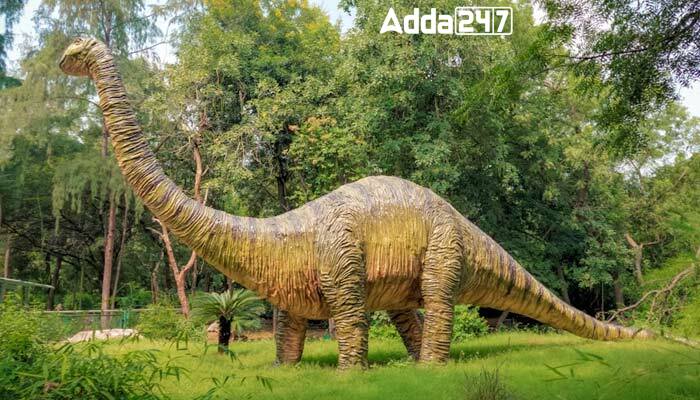Paleontologists from Argentina have revealed the unearthing of a novel medium-sized herbivorous dinosaur, Chakisaurus nekul, which thrived approximately 90 million years ago during the Late Cretaceous period in present-day Patagonia. The finding, detailed in the journal Cretaceous Research, sheds light on a remarkable creature known for its speed and unique tail anatomy.
Unique Tail Anatomy
Studies of Chakisaurus have unveiled an intriguing feature: its tail curved downward, a distinctive characteristic not observed in other dinosaurs. This peculiar adaptation suggests novel locomotive abilities, aiding the dinosaur in swift maneuvers and balance during its races, crucial for evading predators in its environment.
Swift Runner
Chakisaurus nekul was not only distinguished by its tail anatomy but also renowned for its agility and speed. Living amidst a plethora of predators, its primary defense mechanism was its ability to outpace its adversaries, relying on its robust hind limbs and exceptional running prowess.
Cultural Significance
The name “Chakisaurus nekul” holds cultural significance, reflecting the indigenous heritage of the region. “Chaki” derives from the Aonikenk language, referring to an “old guanaco,” a native herbivorous mammal, while “nekul” originates from the Mapudungún language, signifying “fast” or “agile.” This nomenclature honors the rich cultural tapestry intertwined with the discovery.
Collaborative Discovery
The excavation and analysis of Chakisaurus were made possible through the collaborative efforts of Argentine paleontologists, supported by the National Geographic Society. Initial findings dating back to 2018 culminated in the recent unveiling of this remarkable dinosaur, enriching our understanding of prehistoric Patagonian ecosystems.



 Zelenskyy and Estonia’s New PM Discuss...
Zelenskyy and Estonia’s New PM Discuss...
 Ronald L. Rowe Jr. Named Acting Chief of...
Ronald L. Rowe Jr. Named Acting Chief of...
 Rahaab Allana Honored with French Arts a...
Rahaab Allana Honored with French Arts a...
